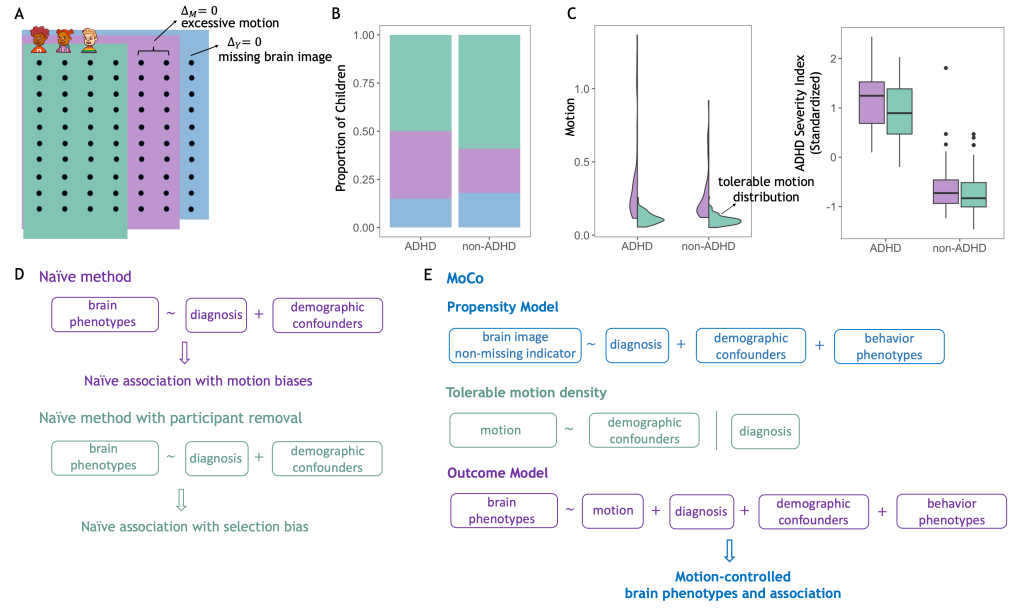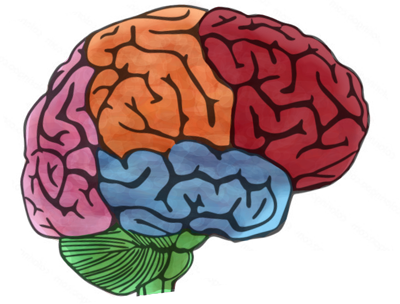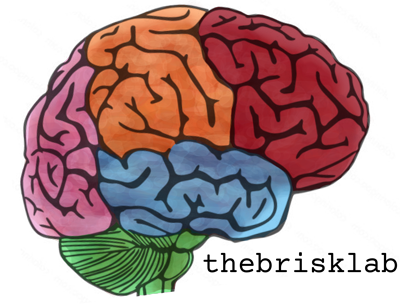
We develop statistical methods to improve our understanding of brain connectivity. We are conducting a large study in autistic children to examine the connections between brain regions while at rest and during a movie-watching task: https://www.brainconnectivitystudy.org/. The connectivity theory of autism hypothesizes that short-range connections are stronger while long-range connections are weaker. However, participant motion during the fMRI scan produces artifactual connectivity that has similar characteristics, and autistic children tend to move more than children without ASD. In our study, children complete mock scanner training sessions to learn to move less while in the MRI scanner. Additionally, we are developing statistical methods to decompose connectivity into neuronal and motion-related sources with applications in ASD, ADHD, and neurodevelopment. We draw upon machine learning methods and causal inference to determine what the brain would look like when children are nearly motionless.


